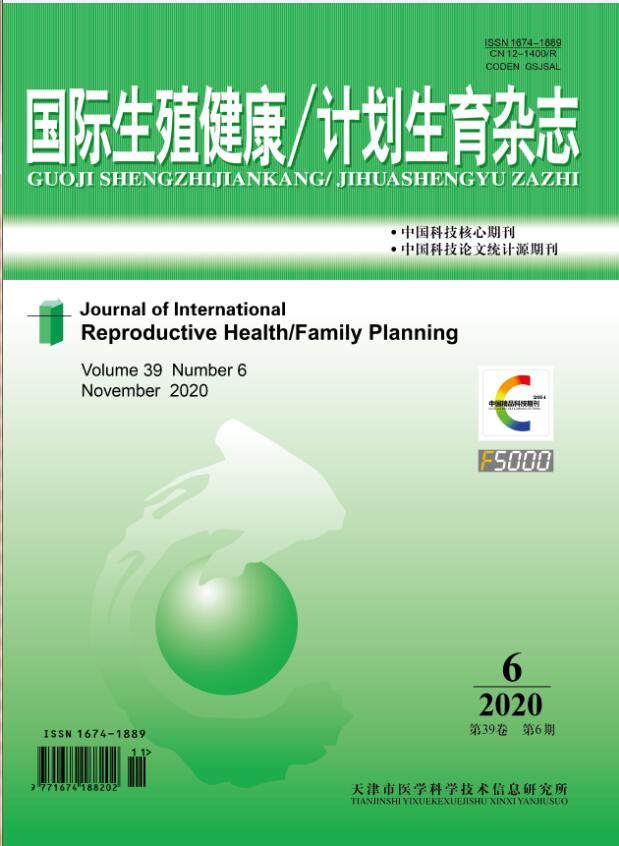|
|
Prediction of Pregnancy Outcome of ART by AMH: A Meta-analysis
OUYANG Xiao-e,HU Rong
2017, 36 (4):
269-275.
Objective:To evaluate systematically the predictive value of anti-Mullerian hormone (AMH) on the ovarian response and pregnancy outcome for the women undergoing the different assisted reproductive technology (ART), such as in vitro fertilization- embryo transfer (IVF-ET) and intracytoplasmic sperm injection (ICSI). Methods:The articles were searched electronically from the databases in both English and Chinese including Pubmed, Medline, Cochrane Library and CNKI. The articles were selected according to the inclusion and exclusion criteria, and data corning AMH predicting the ovarian response and pregnancy outcome for women undergoing IVF-ET and ICSI were selected. Then Stata 12.0 software was used for Meta analysis. By combining the diagnostic effect and fitting the SROC, the predictive value of AMH on ovarian response and pregnancy outcome was evaluated comprehensively. Results:The study included 15 effective papers and 3 475 cumulative cases. The pooled sensitivity, specificity, positive likelihood ratio, negative likelihood ratio and diagnostic odds ratio of AMH in the prediction of ovarian response were 0.814, 0.826, 3.900, 0.229 and 21.334, and the pregnancy outcomes were 0.661, 0.768, 2.848, 0.357 and 9.403, respectively. The area under curve, and Q values of ovarian response and pregnancy outcome, were 0.890 8, 0.821 6 and 0.822 1, 0.755 5, respectively. There was no statistical significance between the two. Conclusions:The predictive value of AMH for pregnancy outcome is similar to that for ovarian response. AMH can be used as a predictor of pregnancy outcome. However, its sensitivity is low, there are still some limitations for its clinical application.
Related Articles |
Metrics
|

